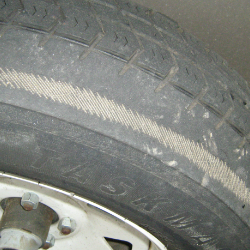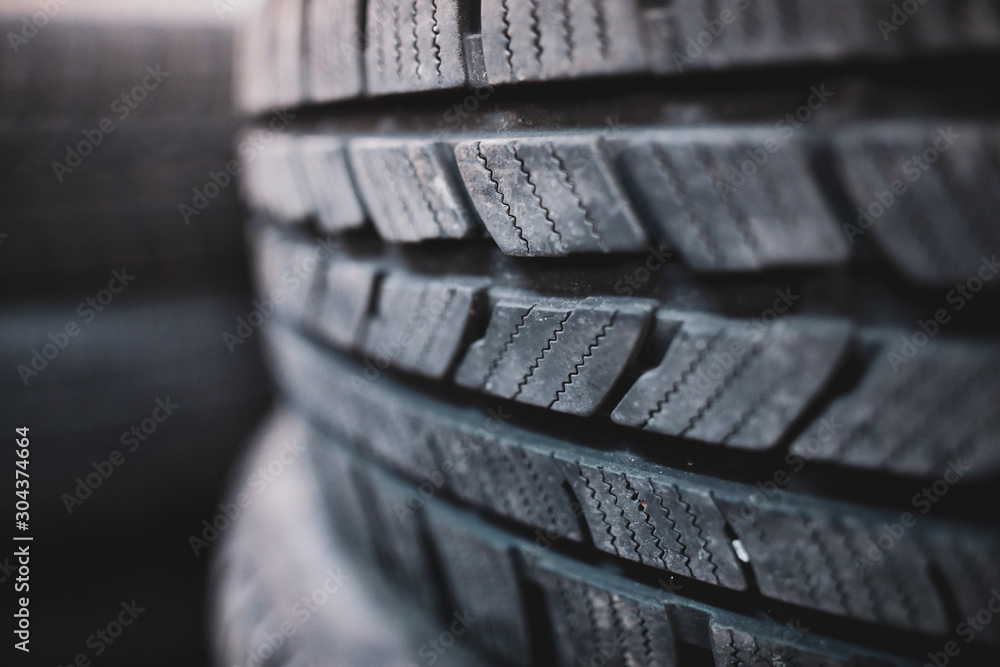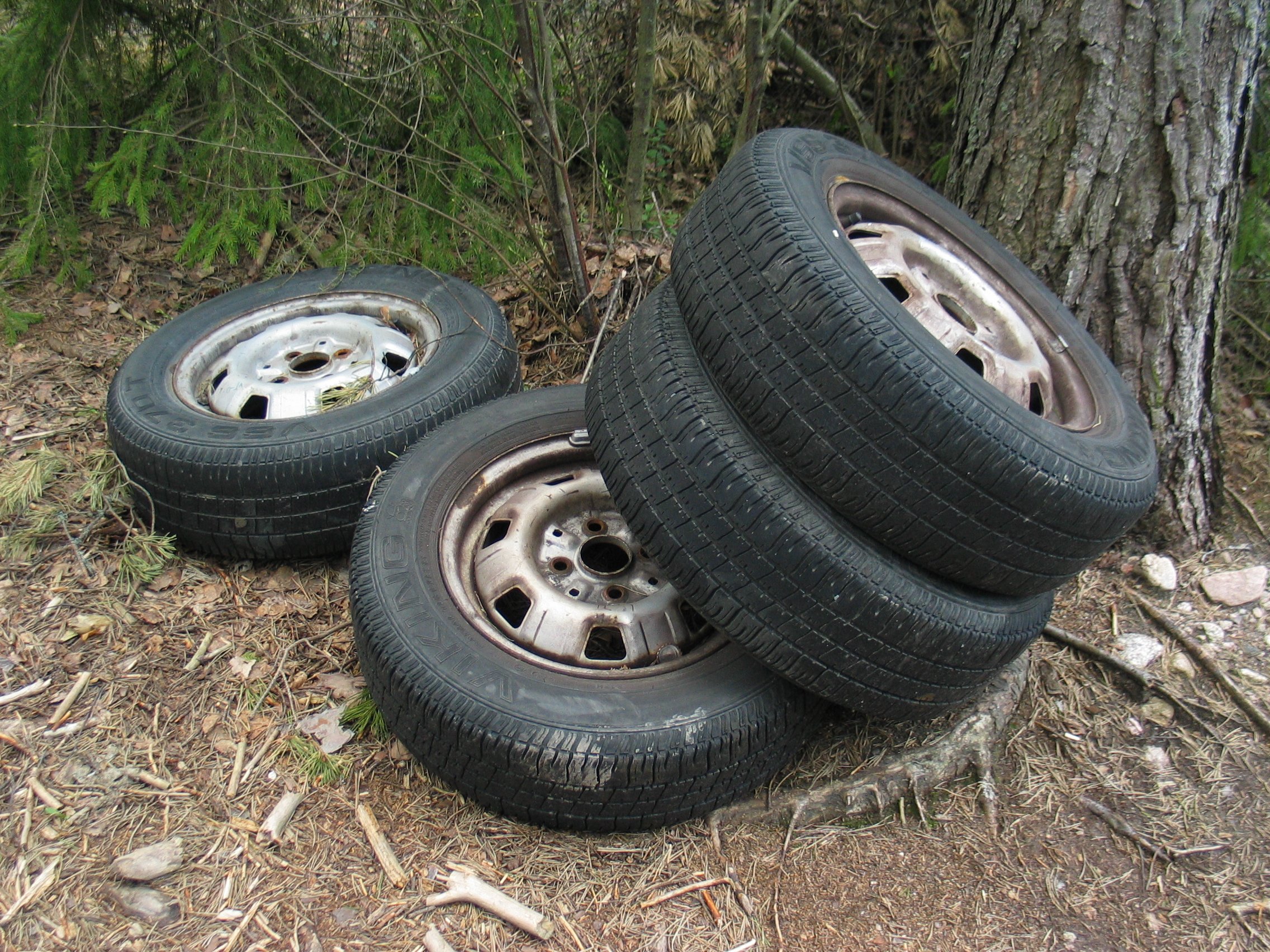Posted on 9/7/2017

The cornering and rolling forces on each of your tires are different. If you have a front wheel drive car, the power and most of the force is transmitted to the front tires while the rear tires pretty much just follow along like fixed wagon wheels. A rear-wheel drive car or truck sends power to the back while steering forces are handled by the front wheels. All-wheel drive and 4wd have their unique power, steering and cornering characteristics as well. The point is, your front left tire is going to wear differently than your right rear tire, or for that matter, any of the other tires vary at each corner of the vehicle because of the force and friction. The solution to this problem is tire rotation. Tire rotation involves removing your wheels and tires from the car and putting them in a different position on the car. Many times, your tire service center will take the time to re-balance the wheels and tires while they have them off the car anyway.&nb ... read more
Posted on 8/25/2016

There are so many tire designs on the road -- all-season, high performance, touring, light truck -- and even within a specific tire design, there may be several choices of tread patterns. What differentiates them, and what are the pros and cons of each tread design? -- Directional tread has a pattern of grooves and chevron shapes, all pointed in one direction. This design makes it easy to direct water away from the tire's contact patch and prevent hydroplaning in wet weather, and also offers low noise and great road manners. The directional design means tires can only be rotated front-to-rear and not side-to-side or diagonally. -- Symmetrical tread patterns feature grooves or herringbone designs that are extremely uniform across the tire's tread face. Symmetrical designs are popular for touring tires due to their quiet ride, long wear and ease of rotation, making them a very versatile tread pattern. -- Asymmetrical tread patterns are a bit of a c ... read more
Posted on 4/28/2016

Tires all look sort of the same…round and black…and people tend to think tires don’t change much over the years. That’s really not true, though – engineers and designers are constantly working on advances in tire designs for more miles, better fuel economy and better performance.Here’s a rundown of current trends in tire technology you may not have been aware of: Tall, skinny tires are coming back. If you’ve ever ridden a beach cruiser bike vs. a racing bike, you know that skinny tires have lower rolling resistance. Carmakers are going in that direction, too – the BMW i3 electric/plug-in hybrid uses Bridgestone Ecopia tires, with higher inflation pressure and a taller, skinnier profile. Tall, skinny tires also reduce the car’s frontal profile for lowered wind resistance and aerodynamic drag. It isn’t just the BMW i3, either…the Corvette Z51 is going with taller, skinnier tires. Static electricity can be a problem with ... read more
Posted on 2/25/2016

In a perfect world, all four tires would wear out at the same time. In the same perfect world, everyone would be able to afford a whole set of tires all at once. Unfortunately, things often just do not work out that way. Sometimes you may just have to replace tires as you can afford them, one or two at a time, but there are some important things to bear in mind if you have to do that. If you can only afford to replace one or two tires, it’s essential that you go with tires that are identical (or at least as close as possible) to the car’s remaining tires. That means that internal construction, size, tread pattern and design should be close to the same. Don’t mix winter tires with all-season tires, don’t mix run-flat tires with standard tires, for instance. But why? Tires are all designed for different handling properties and traction, and are intended to work together as a set. Mixing sizes, tread patterns and designs can mean a car that has unpred ... read more
Posted on 1/28/2016

Your tires are a pretty big investment. Even with the cheapest set of tires, you’re going to be spending upwards of $400 on the tires, mounting, balancing, disposal fees and taxes. Since you laid down that kind of money, doesn’t it just make sense to make sure you get the most miles possible out of them? Here’s some advice on long tire life:• Regularly check your tire pressure. This one is really, really important. Underinflated tires will wear unevenly and reduce your fuel economy due to increased rolling resistance. That increased rolling resistance also means more heat, which will break down the tires’ internal structure and shorten their lives. All it takes to shorten a tire’s service life by 25 percent is for it to be underinflated by 5-6 lbs. • Rotate your tires regularly. No vehicle has even weight distribution from front to rear. The engine puts more weight over the front wheels; in addition, the front tires will wear d ... read more